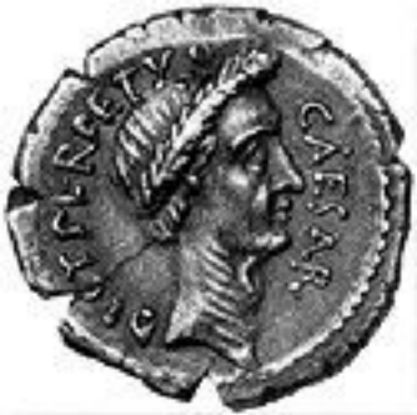Credit & Copyright: Rune Rysstad
Explanation:
Today, February 29th, is a
leap day - a relatively rare occurrence.
In 46 BC, Julius Caesar, pictured
above in a self-decreed minted coin, created a calendar system that added
one leap day
every four years.
Acting on advice by Alexandrian
astronomer Sosigenes,
Caesar did this to make up for the fact that the Earth's
year is slightly more than 365 days.
In modern terms, the time it takes for the
Earth to circle
the Sun is slightly more than the
time it takes for the Earth to rotate 365 times (with respect
to the Sun -- actually we now know this takes about 365.24219 rotations).
So, if calendar years contained 365 days they would drift
from the actual year by about 1 day every 4 years.
Eventually July (named posthumously for Julius Caesar himself) would occur during the northern
hemisphere winter!
By adopting a leap year with an extra day every four years,
the calendar year would drift much less.
This Julian Calendar
system was used until the year 1582 when
Pope Gregory XIIIprovided
further fine-tuning when he added that leap days
should not occur in years ending in "OO", unless divisible by 400.
This
Gregorian Calendar system is the one in common use today.
Authors & editors:
Robert Nemiroff
(MTU) &
Jerry Bonnell
(USRA)
NASA Web Site Statements, Warnings,
and Disclaimers
NASA Official: Jay Norris.
Specific
rights apply.
A service of:
LHEA at
NASA /
GSFC
& Michigan Tech. U.
Based on Astronomy Picture
Of the Day
